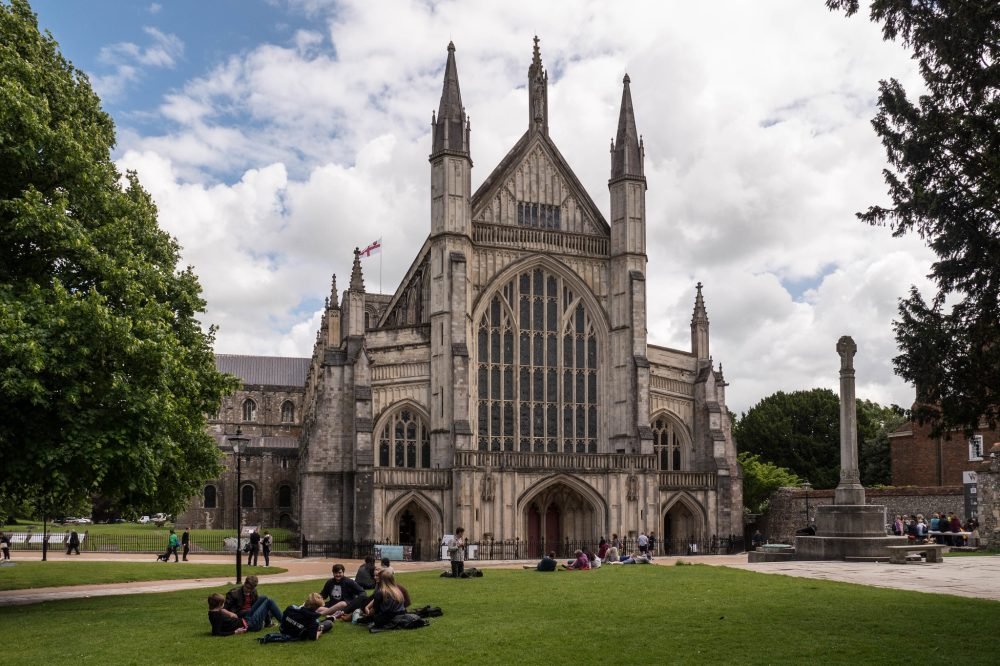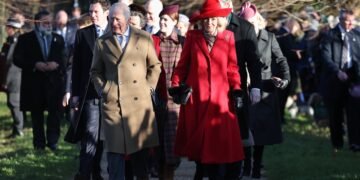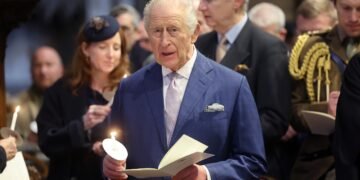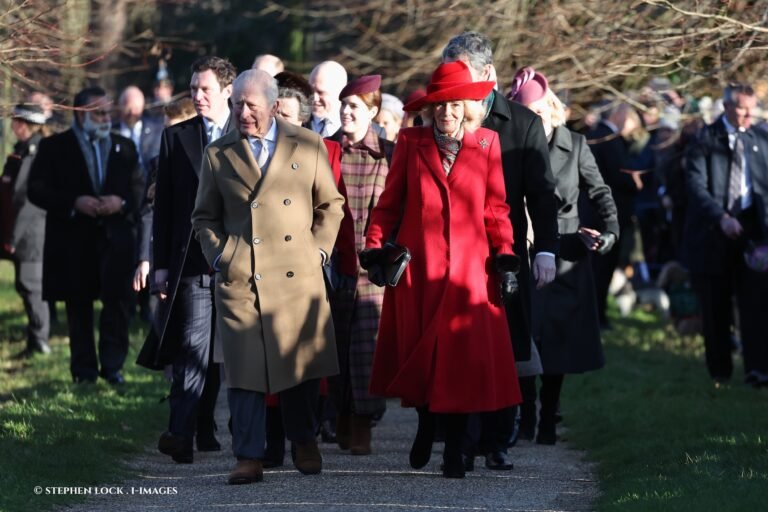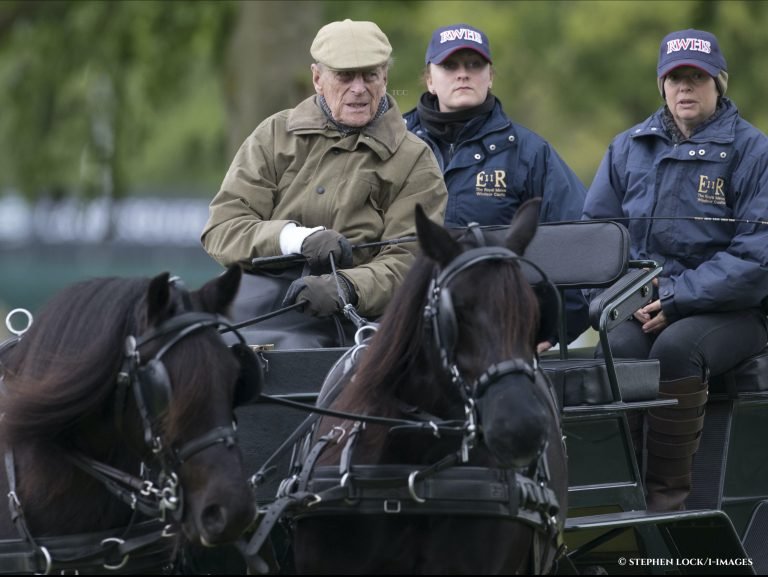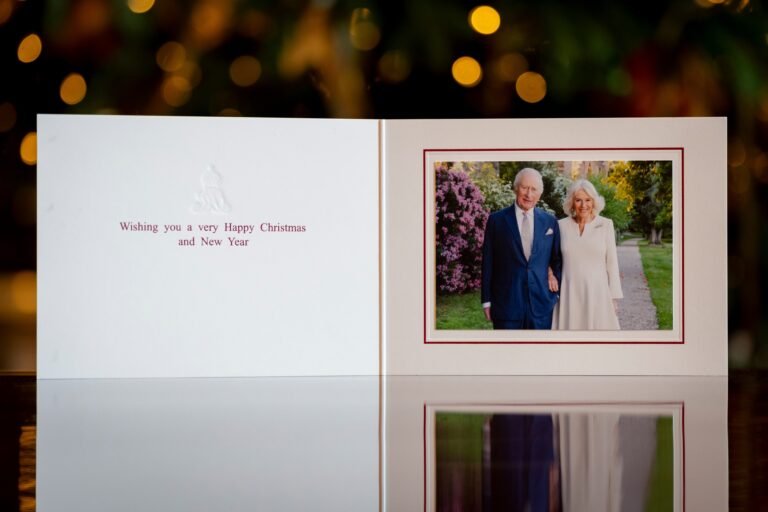A team of biological anthropologists exploring Winchester Cathedral have stumbled upon multiple skeletons – and it is thought one of them is Queen Emma, who died in 1052.
As part of a conservation project begun in 2012, mortuary chests were opened in Winchester Cathedral; more than 1300 bones were inside the painted caskets, making the remains of at least 23 people, which was more than anticipated 12 to 15.
The chests were located near the high altar; they had inscriptions stating who was supposed to be inside, supposedly Kings and bishops from her own time.


Following the chaos of the English Civil War and the raid on the cathedral, the contents became mixed. They were repacked by locals after 1642, so it was not known whose remains were replaced, or if they were the same bones.
Winchester Cathedral’s website says: “The conservation of the mortuary chests, which began in 2012, provided an opportunity for the scientific analysis of the contents for the first time. A major development in 2015 revealed that the bones were from the late Anglo-Saxon and early Norman periods, thanks to radiocarbon (C14) dating on selected fragments by the Radiocarbon Accelerator Unit at the University of Oxford.
“These findings confirmed that the bones date from the same periods as the names on the chests, which include eight kings, two bishops and one queen, rather than being the result of later activity within the Cathedral.
“Since 2015, a team of biological anthropologists at the University of Bristol have continued working on the project to assess the likelihood of whether the human remains in the chests relate to the historical burial records. This process involves recording the contents of the chests and determining the number of individuals represented, along with their sex, age at death and physical characteristics.

“Whilst still on-going, this second phase of the project has already unearthed some fascinating and surprising results.”
Queen Emma of Normandy, whose bones are thought to have been found as the only woman amongst 22 men, was married to both Ethelred (the Unready) and the Danish invader, Cnut (or Canute, the Great). They were both Kings of England prior to the Norman Conquest of 1066.
Emma was born in the 980s, as the daughter of Richard I, Duke of Normandy. It was her French blood that gave the Dukes of Normandy, and therefore William the Conqueror, a claim to the English throne and she was a powerful political figure in late-Saxon England.
She was also the mother of Edward the Confessor and King Hardacnut of Denmark.

The contents of six chests have been analysed and radiocarbon-dated thanks to a conservation project of 2012, finalised in 2015. It confirmed the bones were from the late Anglo-Saxon and early Norman periods. A team from the University of Bristol have been trying to match the bones with historical burial records.
The skeletons of two boys aged between 10 and 15 were also amongst the remains. Prof Kate Robson Brown said they were “almost certainly of royal blood”. They died sometime between 1050 and 1150.
“We cannot be certain of the identity of each individual yet, but we are certain that this is a very special assemblage of bones,” she said.
Further DNA analysis is being carried out to confirm the royal identity of the woman, and the boys.

Visitors can find out more about the project from 21st May when Winchester Cathedral launches its landmark National Lottery Funded exhibition ‘Kings and Scribes: The Birth of a Nation’. The female has been 3D-printed from her bones and forms a central part of the exhibit.
The exhibition hopes to showcase Winchester’s role in shaping early English history. It is a three-level exhibition space in the Cathedral’s South Transept, to enable all visitors to enjoy, discover and appreciate Winchester Cathedral’s remarkable history and heritage.

